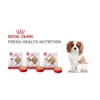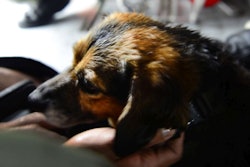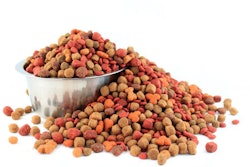
Three decisions affecting the pet food industry were made at the 2017 Association of American Feed Control Officials (AAFCO) annual meeting, held in August. AAFCO member David Dzanis, DVM, PhD, wrote about the meeting in his Petfood Industry column.
1. Dental claims on pet food, treats and chews
A revised guideline on dental claims on pet food, treat and chew products was approved and will appear as revised in the 2018 Official Publication. Once in effect, dental-related claims on pet product labels must indicate the mode of action by which the product achieves its effect (mechanical vs. chemical) more clearly than in the past.
2. Carbohydrate-related pet food claims
The AAFCO Model Bills and Regulations Committee passed new regulations regarding carbohydrate-related claims on dog and cat food labels. These regulations would not allow for any "low" claims, but would allow for comparative claims (e.g., "X% fewer carbs than Y") provided the labeling bore maximum percentage guarantees for dietary starch and sugars.
A vote by this committee is often the last stage before a matter is sent to the board and general membership for a final vote.
3. Definition of pets and specialty pets
The committee also passed revised definitions for "pet" and “specialty pet.” The word "pet" now more clearly refers to domestic dogs and cats by their scientific names (Canis familiaris and Felis catus, respectively). Wolves and tigers, for example, would not be considered pets.
In addition to describing specialty pets (rodents, ornamental birds and fish, reptiles and amphibians, etc.) in more inclusive terms, the revised definition particularly clarifies how rabbit feeds need to be labeled. Feeds for rabbits raised for food or fur need to be labeled in accordance with the general AAFCO Model Regulations, the same as for feeds for livestock and poultry. However, foods for pet rabbits need to be labeled as per the pet food regulations.
















